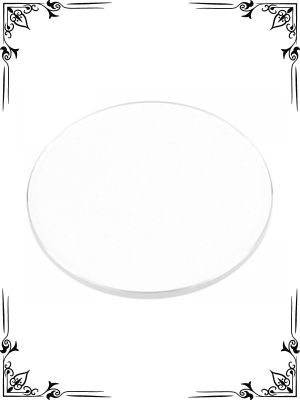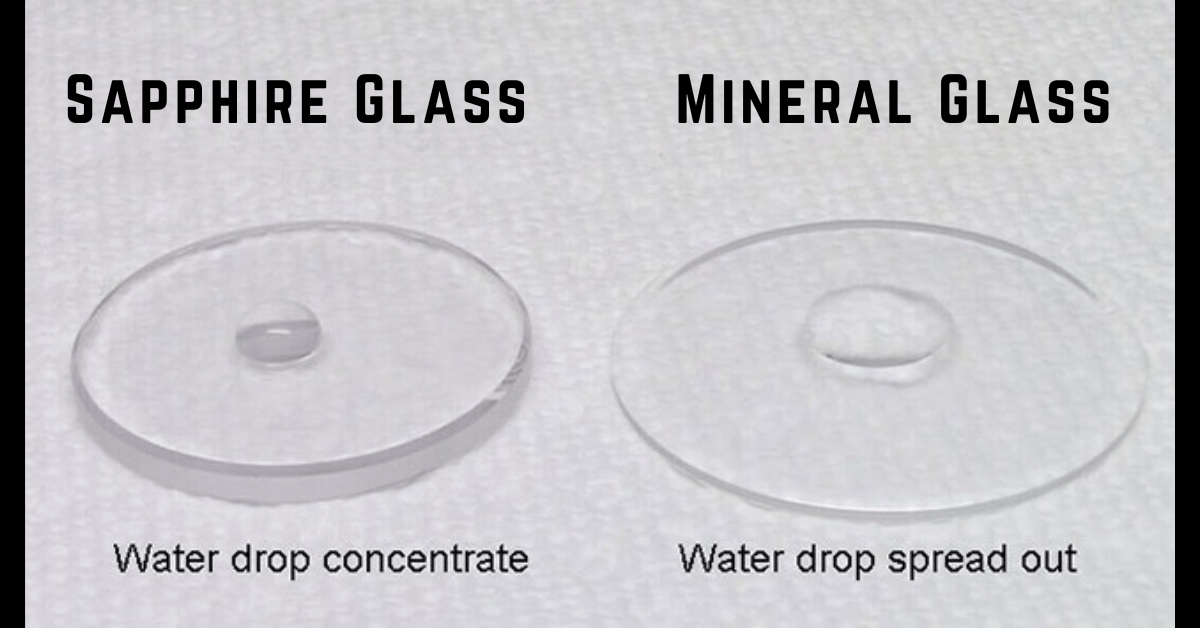When it comes to protecting the delicate inner workings of our prized possessions, like watches, phone screens, and even camera lenses, two materials often take center stage: sapphire glass and mineral glass. Both offer a clear view and a layer of defense, but their properties differ significantly.
Let’s delve into the world of glass and explore the strengths and weaknesses of sapphire glass versus mineral glass.
Understanding the Materials:
Sapphire Glass: Contrary to its name, sapphire glass isn’t actually glass. It’s a synthetically created material formed by crystallizing aluminum oxide at high temperatures. This process results in a crystal with a Mohs hardness rating of 9, second only to diamond (10) on the mineral hardness scale. This exceptional hardness translates into unparalleled scratch resistance.
Mineral Glass: This is a type of tempered glass specifically formulated for its strength and clarity. It’s achieved by treating regular glass with heat or chemicals, making it more resistant to scratches and shattering than untreated glass. However, compared to sapphire glass, mineral glass falls short on the hardness scale, typically ranking around 5 to 6.

Key Differences and Their Impact:
Scratch Resistance: Here’s where sapphire glass shines. Its near-diamond hardness makes it incredibly resistant to scratches from everyday wear and tear, including keys, coins, and even accidental scrapes against hard surfaces. Mineral glass, while offering some scratch resistance, is more susceptible to scratches from these common culprits.
Shatter Resistance: While sapphire glass is incredibly hard, it’s not invincible. It can shatter upon significant impact, especially on sharp edges. Mineral glass, with its slightly more flexible nature, might be less prone to shattering in some situations. However, the trade-off is that it’s also more likely to suffer scratches.
Clarity and Light Transmission: Both materials offer excellent clarity, allowing for clear views of the display or object they protect. However, sapphire glass has a higher refractive index, meaning it bends light more. This can sometimes lead to a slight rainbow effect, especially at certain angles.
To mitigate this, manufacturers often apply an anti-reflective (AR) coating to sapphire glass. Mineral glass generally doesn’t require AR coating due to its lower refractive index.
Weight and Thickness: Sapphire glass, due to its high density, is slightly heavier and thicker than mineral glass. This can be a consideration for applications where weight and thinness are crucial, like high-performance watches or ultra-slim smartphones.
Cost: The manufacturing process of sapphire glass is more complex and expensive compared to mineral glass. This translates to a higher cost for devices that utilize it.
Choosing the Right Material:
The ideal choice between sapphire glass and mineral glass depends on your priorities:
For Maximum Scratch Resistance: If your primary concern is protecting your device from scratches, sapphire glass is the clear winner. Its near-diamond hardness makes it ideal for watches, phone screens, and camera lenses that are frequently exposed to potential abrasives.
For Impact Resistance and Budget Considerations: If you’re looking for a more affordable option and value impact resistance slightly more than scratch resistance, mineral glass might be a better choice. It offers decent protection from scratches and may be less likely to shatter upon moderate impacts.
For Weight and Thinness: For applications where weight and thinness are paramount, mineral glass might be the preferred option due to its lighter and thinner profile.
Additional Considerations:
Clarity: Both materials provide excellent clarity, but if you’re particularly sensitive to the rainbow effect, opting for sapphire glass with an AR coating is recommended.
Aesthetics: Sapphire glass can sometimes have a slightly pinkish or milky white hue, while mineral glass often has a bluish tint. However, these differences are usually subtle.
Beyond the Basics: Special Considerations
Sapphire-Coated Mineral Glass: Some manufacturers offer a hybrid solution – mineral glass with a thin layer of sapphire coating. This combines some of the scratch resistance of sapphire with the affordability and impact resistance of mineral glass.
Hesalite Crystal: This is a type of acrylic plastic sometimes used in vintage watches and tool watches. It offers good impact resistance and clarity but is more susceptible to scratches than both mineral and sapphire glass.
In Conclusion:
The battle between sapphire glass and mineral glass boils down to a trade-off between scratch resistance, impact resistance, cost, and other factors. Sapphire glass reigns supreme in scratch resistance, making it ideal for protecting your devices from everyday wear and tear.
However, its higher cost and potential for shattering under significant impact make it a less budget-friendly option. Mineral glass offers a good balance between affordability, impact resistance, and scratch resistance, while Hesalite crystal prioritizes impact resistance and clarity over scratch resistance. Ultimately, the best choice depends on your specific needs and priorities.

